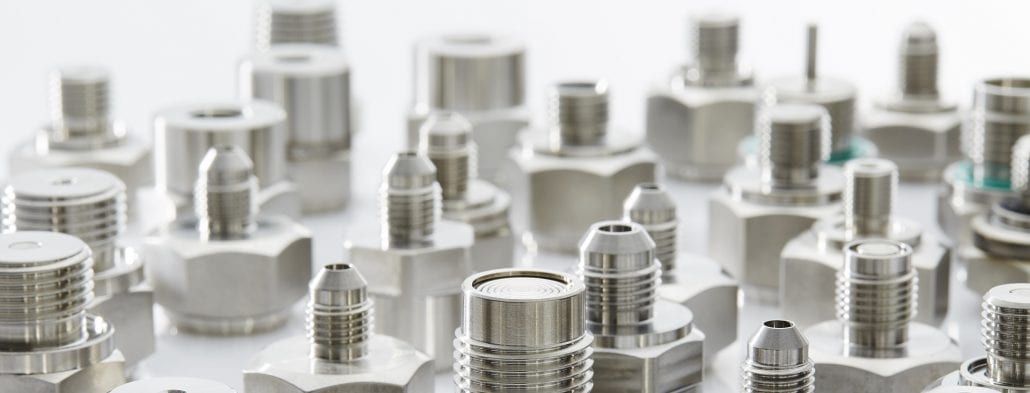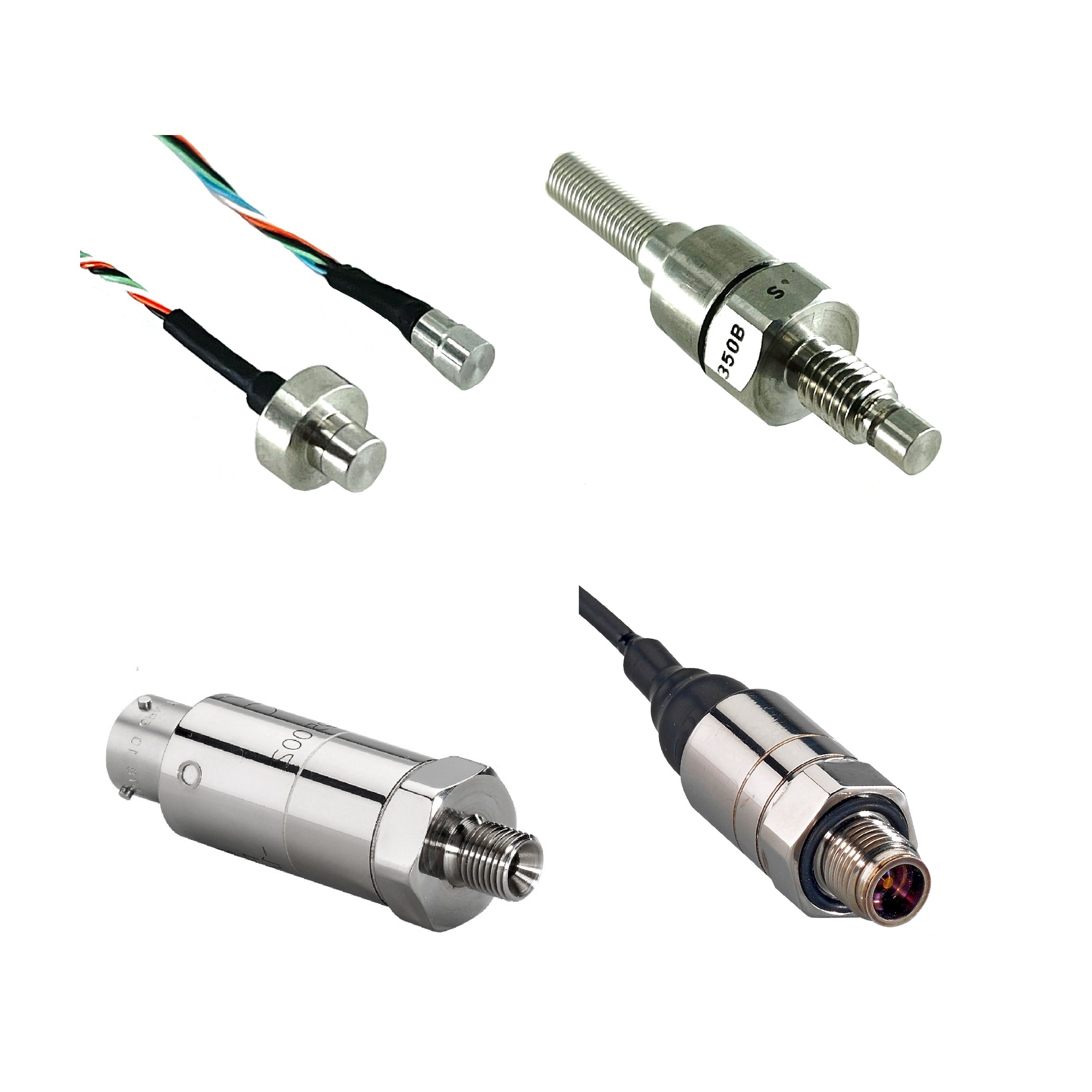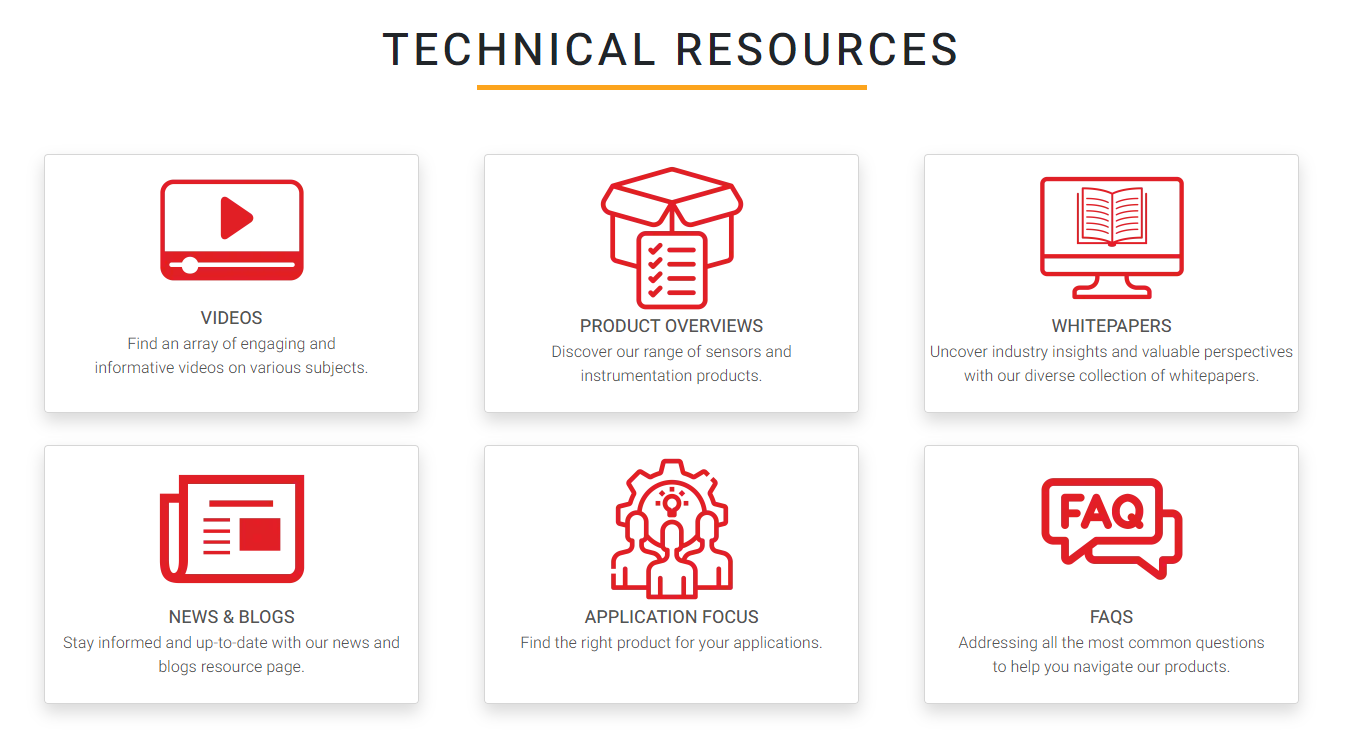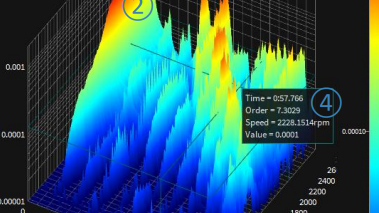Latest Oxygen 7.6 Update
What are Pressure Sensors?
Pressure sensors are devices that check and show how much pressure is in a space with liquid or gas. They work with closed-off spaces like tanks and with open air like the atmosphere. You can find many different pressure sensors, each designed for certain jobs and situations.
In our guide, we'll tell you what pressure sensors are and in simple terms, describe how they work. Plus, we'll explore the different kinds of pressure sensors you can buy online in the UK. We'll explain when and why you might need them.
How Do Pressure Sensors Work?
Pressure sensors are straightforward in name and function: they are electronic tools that measure and record when pressure changes. When someone asks "What exactly does a pressure sensor do?", they're usually curious about its operation.

The basic idea behind a pressure sensor is that any shift in pressure causes a physical response in the sensor part of the tool.
Such a change normally leads to the creation of an electrical signal. The signal can be adjusted to factor in the surroundings and then sent as data, either analogue or digital. These signals change if the pressure varies, letting the sensor keep track of pressure changes continuously.
In the UK, you can find chief kinds of these sensors for purchase, like absolute, capacitive, differential, piezoelectric, and strain gauge pressure sensors.
What are Pressure Sensors Used for?
Pressure sensors have a critical role in many challenging environments across numerous industries and fields. Every kind adapts to specific uses thanks to differences in how they're made, their features, and how well they perform.
- Pneumatic pressure sensors are for checking the pressure in air or gases.
- Hydraulic pressure sensors help in monitoring water or other fluid pressure. These sensors come in various styles like:
- Piezoresistive pressure sensors
- Capacitive pressure sensors
- Fibre optic pressure sensors
- Strain-gauge pressure sensors
Together, these sensors suit a wide range of uses in industrial and scientific fields. How you use a pressure sensor depends on its design and the job you need it for. Here are some common uses in industry:
- Ensuring the exact pressure of gases and liquids is maintained in enclosed containers like tanks and systems. A familiar example is the electronic sensors monitoring car tyre pressures.
- Spotting flow rates and directions by observing the pressure differences from one place to another.
- Reading changes in atmospheric pressure, which is useful for weather forecasting or navigation.
- Checking on quantities and levels of liquids through the pressure placed on a sensor from above.
Understanding Transducers, Transmitters and Sensors
Before diving into the various types of pressure sensors, it's essential to clarify what we mean by sensors, transducers, and transmitters, as they each have unique functions.
- All pressure sensor devices respond to pressure changes, resulting in a physical shift within the sensor itself.
- This change by itself is not ready to be used by electronic systems. It must be converted, or translated, into an electronic signal that circuits can interpret.
The reason for distinguishing between pressure sensors, transducers, and transmitters is their different approaches to processing the pressure information:
 Pressure Sensors
Pressure Sensors
-
Pressure Sensors: They measure the physical shift and generate a voltage signal. However, this signal needs extra processing steps – like calibration or temperature adjustments – before it can be used as dependable data.
 Pressure Transducers
Pressure Transducers
-
Pressure Transducers: When asked, 'What is a pressure transducer?' the answer is close to a pressure sensor. Transducers detect pressure changes and produce a voltage output. But unlike basic sensors, they start to process or condition that signal so it can travel further without loss of quality.
 Pressure Transmitters
Pressure Transmitters
-
Pressure Transmitters: These are similar to transducers, but they convert the physical pressure change into a current signal (typically within the industry standard of 4-20mA) to move over longer distances without significant signal degradation, especially through low-impedance systems.
While all these devices are often referred to collectively as pressure sensors, it's important to use the correct term to ensure the right technology and functionality for your specific application needs.

Types of Pressure Sensors
Are you wondering which types of pressure sensors are necessary for a broad array of uses in industries or labs? Here are the three primary types of pressure sensors: absolute, differential, and gauge. Choosing the correct sensor depends on your specific needs and the kind of measurements you need:
Absolute Pressure Sensors
- Absolute Pressure Sensors:
- Role: Absolute pressure sensors measure vacuum pressures and always give positive values relative to a perfect zero point, different from other types where readings can be negative or positive.
- Use Cases: They're essential for tasks where air pressure measurement is critical, such as tracking weather changes or determining altitude for navigation purposes.
- Function: They work by setting a baseline from an absolute vacuum so they can give consistent readings. This is crucial since a gas's pressure changes inversely with temperature—meaning without a proper vacuum reference, these readings would be inaccurate due to temperature shifts.
Differential Pressure Sensors
Differential pressure sensors are used to measure the difference in pressure from one point to another within a system. They are crucial for ensuring that various components, like flow rates and release valves, are working properly.
Here are some key points about differential pressure sensors:
- Measurement: They generally measure pressures on either side of a diaphragm inside the sensor.
- Output: The sensor readings might show either higher pressure on one side ("positive") or on the other ("negative"), based on the diaphragm's movement.
- Configuration: While typical sensors use a single diaphragm setup, it’s possible to have multiple sensors in different locations. These sensors are connected through electronic signals to measure the pressure differences.
These specifications can differ, but all differential pressure sensors have the same goal: to monitor and regulate the pressure changes for efficient system performance.
Gauge Pressure Sensors
-
What Are They?
- Gauge pressure sensors measure pressure by comparing it to the local atmospheric pressure.
- They're made to sense the pressure difference between the air outside and the pressure inside another system.
-
How Are They Used?
- To monitor liquid levels in tanks that are open to the air.
- For blood pressure devices in medical settings.
- To manage the speed and strength of vacuum pumps.
-
Why Are They Important?
- The pressure around a system can change. Gauge pressure sensors consider these changes to give accurate readings.
-
How Do They Work?
- They have a thin membrane connected to something electrical, like a resistor.
- When pressure pushes on the membrane, it bends.
- This bending causes the electronic part to change its output signal, showing the pressure.
Gauge pressure sensors are indispensable tools designed to offer precise measurements by accounting for the ever-changing atmospheric pressure around us. Whether it's for medical equipment or industrial applications, these sensors play a vital role in ensuring systems operate correctly and safely.
Pressure Sensing FAQs
What is Pressure?
Pressure is the amount of force pushing against the surface of an object, measured over the area the force is spread. It's calculated using the formula p = F/A, where:
- p stands for pressure
- F is the force pressing down straight onto a surface
- A is the surface area where the force is applied.
What are the Main Units of Pressure?
The main unit for pressure in the International System of Units (SI) is the pascal (Pa) since 1971. It's the same as saying newtons per square metre (N/m²). Despite this, people also use other ways to talk about pressure for different jobs, including:
- Bar (bar pressure)
- Pounds per square inch (PSI)
How Do You Test a Pressure Sensor?
To check a pressure sensor, you'll need specific equipment and knowledge. The tools often used for this include:
- Pressure gauge
- Multifunction voltage meter with probes
- Power source
- Breadboard
- Wires or jumper cables
The main points to check during a pressure sensor test are:
- Basic function: The sensor should give off a voltage signal when the pressure changes.
- Accuracy: It should keep showing the same measurement each time for the same pressure.
- Consistency: When comparing several sensors, all should indicate the same readings under the same conditions.
- Resolution: The sensor must be sensitive enough to notice even small differences in pressure, as per its specifications.




